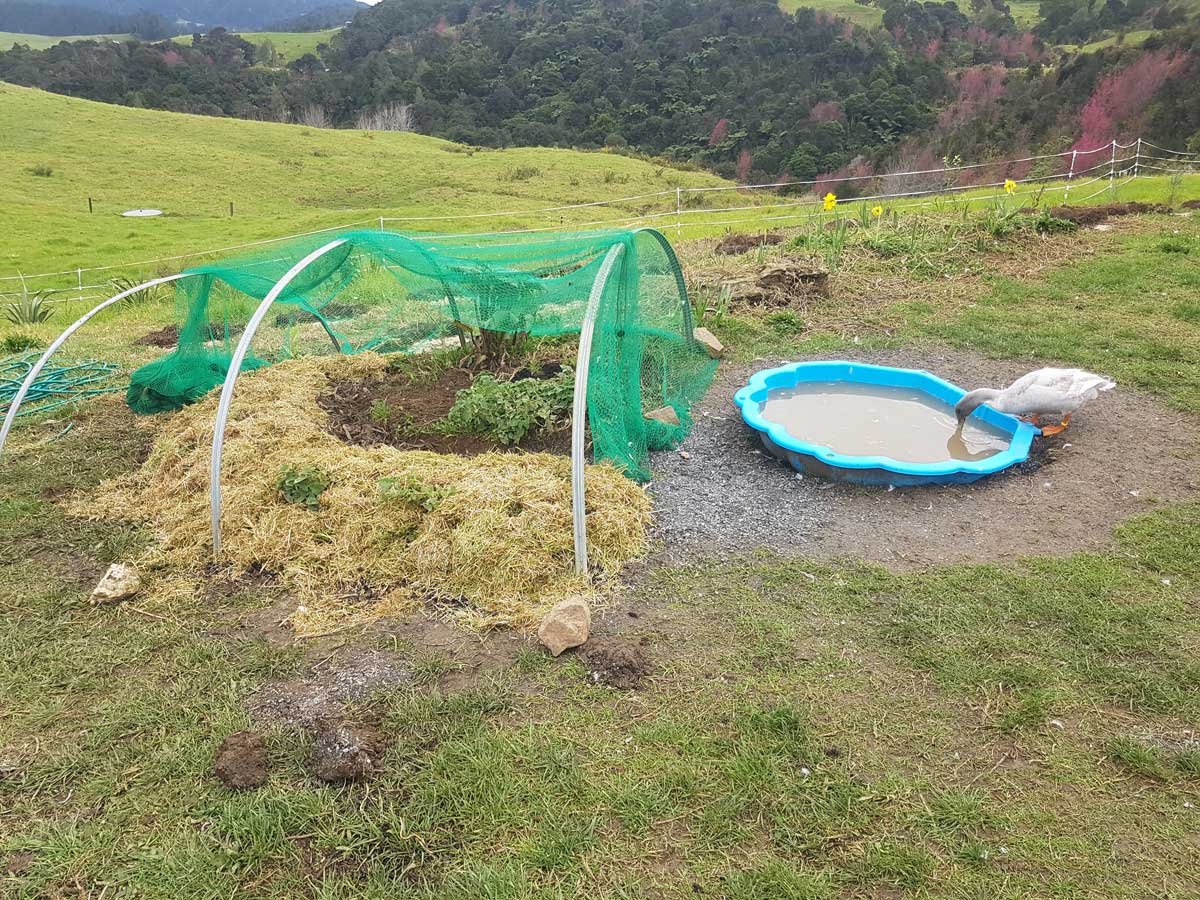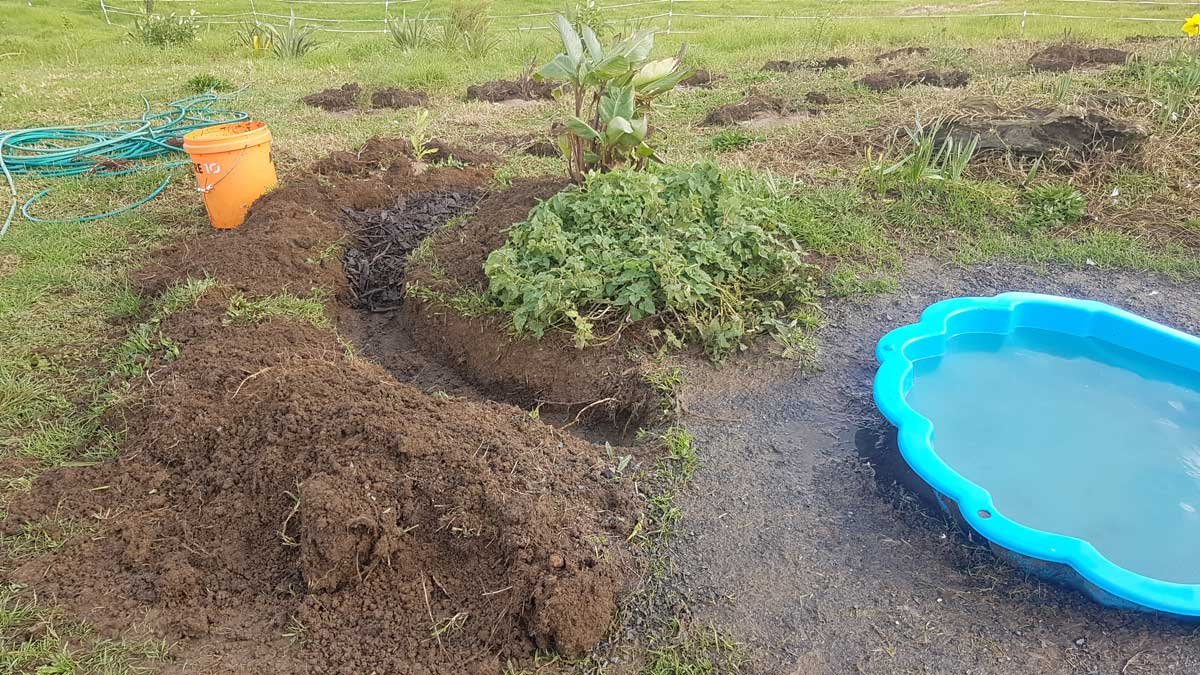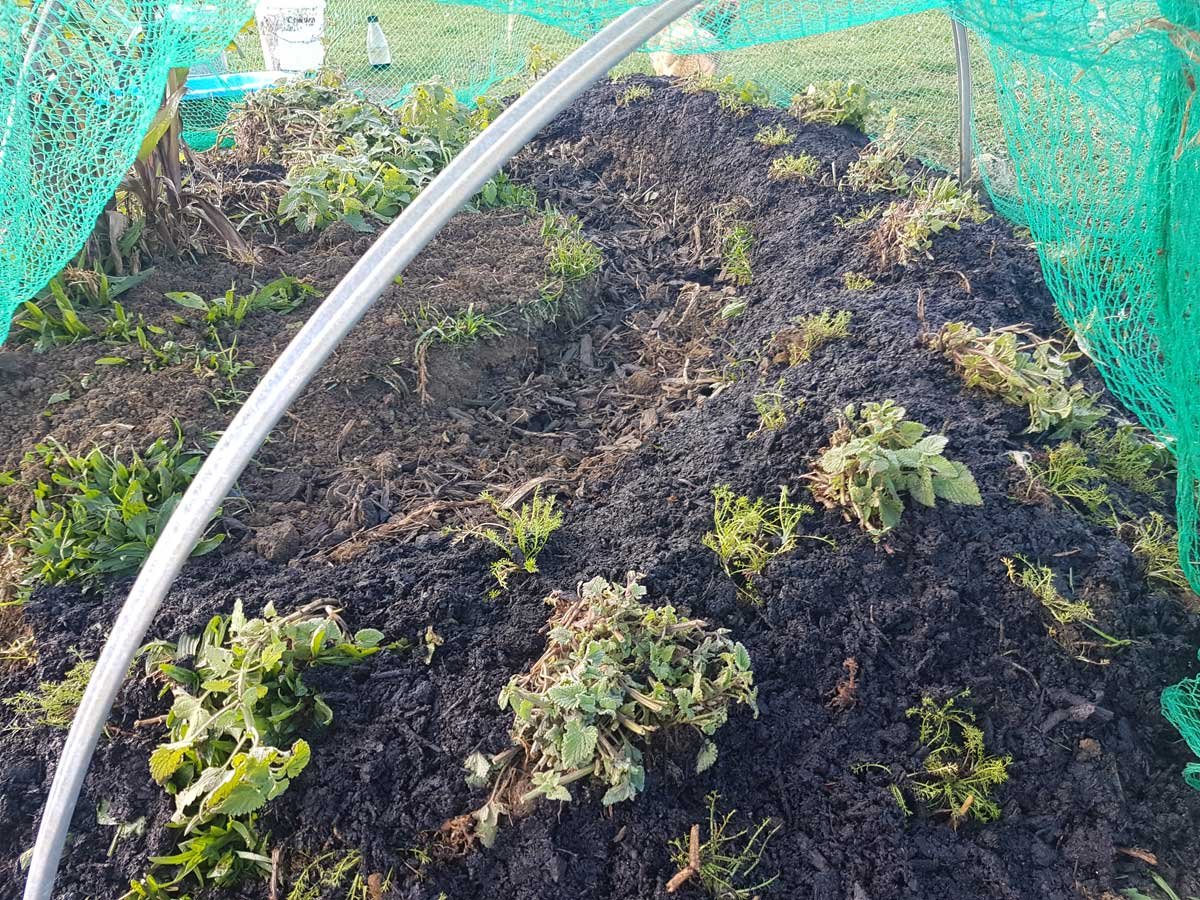You may not know about it if you mostly follow my blog, but I make and sell a catnip product called Kat’s Nip. I never planned to be a purrveyor of feline euphorics, but here we are.
In 2018, I planted some catnip to be a companion plant in my garden. It grew beside my potatoes and brassicas. There was the added bonus of our 3 cats, who loved it. But those plants really took off and needed pruning to stop them from taking over other things.
Now, if I have a giant pile of gorgeous herbs, I’m going to feel really bad about just throwing them in the compost. I want to use them somehow. My spice cabinet is filled with my own-brand herbs. I give homegrown herbal teas as gifts. And bunches of drying herbs hanging from my ceiling is totally normal. So I bundled up my cuttings and left them to dry in the spare room. It’s just what I do with herbs – I hadn’t planned to commercialise it.
It turns out that @katjnz's catnip is the strongest catnip to ever catnip. pic.twitter.com/4kj4NIjsAS
— Cate Owen (@CateOwen) January 3, 2019
It started something. I sent out some cheeky sample bags to volunteers from Twitter.
Hello cat people. I made up a few of these sample bags of homegrown catnip to test out on some cool cats. Would you like some for your furry pal? First 6 replies get them (NZ only) pic.twitter.com/fZlUkSg1Cl
— Kat 👩🌾 (@katjnz) January 8, 2019

In it’s first year, I sold mostly to people on Twitter via Felt off two plants. It gained a few fans and I felt like it might work as a business. So I invested in, and built this little website that you’re on right now. When we moved, I brought my two plants with us, and planted a few extra out as well.
The move meant my gardening calendar was off a little bit last year, and things ran a little behind all season. Still, I harvested and dried more than four times what I had in the first year.
My new stocks were just ready to launch when the country went into Level 4 Lockdown in March. There was no way cat weed was essential.
So we quietly launched at Level 3. Sales dribbled. I felt stink. I’d lost my mojo.
But then I pushed myself to try something my brain had been egging me to do for months. As lockdown eased, a Facebook group called New Zealand Made Products started rocketing sales for some of my friends. A few weeks ago, I finally made a post to the group (now called ‘Chooice‘). A couple of hours later, it was published. My entire stock of Kat’s Nip sold out within 4 days.
To say it has renewed my confidence is a bit of an understatement. This venture can really work… if I can grow enough catnip. So I’ve spent the last couple of weeks in the garden, expanding my catnip empire.
Catnip is a wonderful plant. One big, healthy catnip plant can become several with the slice of a sharp spade.
Which is what I’ve been doing. My first project was a catnip swale below our duck pond.
The swale is just a ditch filled with bark mulch. Unlike a proper swale, it’s on more of an incline. So maybe it’s more of a planted ditch. But either way, it should improve our productivity when it comes to growing catnip.
As the ducks play in the pond and splash water everywhere, the water drains towards the catnip. When we clean out the pond, we can tip the (nutrient rich) dregs down into the swale too.
The mulch in the swale/ditch will help hold the moisture for the catnip. I’ve flipped the soil that was originally in the ditch onto the lower side. This holds the water, and provides a bank for the catnip to grow on.
After swale construction, I split one of the large bushes of catnip we bought with us from Waipu in half. Then I split one half into 9 new segments, and planted them along the outside edge of the swale.
Next, I planted in a whole lot of Roman chamomile as a companion plant. This should spread along the ground and grow low. Chamomile is said to improve the essential oils in the plants around them, so I’m hoping this improves the quality of the catnip even further this year.

Swale complete, and covered in grass mulch.
Finally, a layer of compost and grass mulch went on top of the outside edge of the swale. These will improve the soil under the herbs and help prevent erosion or moisture loss.
For now at least, the whole lot is covered with a net to keep the chickens and ducks off. They don’t tend to bother with catnip (except to eat the bugs that live amongst it), but they do love to scratch up mulch. Even so, I’m hoping once everything’s established, we can take the net off.
With luck, all this work will pay off with a massively increased harvest in late Spring. Suddenly, watering and fertilising is not required – as long as we keep the ducks happy, the catnip will be happy.
It’s an example of permaculture thinking: where you look for multiple ways for things in your environment to work together.
The ducks need a pond (or else they end up swimming in the troughs), and we needed a simpler (cleaner) way to empty it. The ducks ‘fertilise’ the pond water a LOT so it’s good, nutrient-filled water, that now goes directly to supporting a profitable crop.
The swale is not the only place we’re planting catnip this year. We have our fingers crossed for a bumper year and some expansions and improvements to the operation.
But that incredible reaction to a simple Facebook post has given me confidence that this thing could really work, and that a simple herb could realistically form the basis of our income here.
That’s pretty huge.





